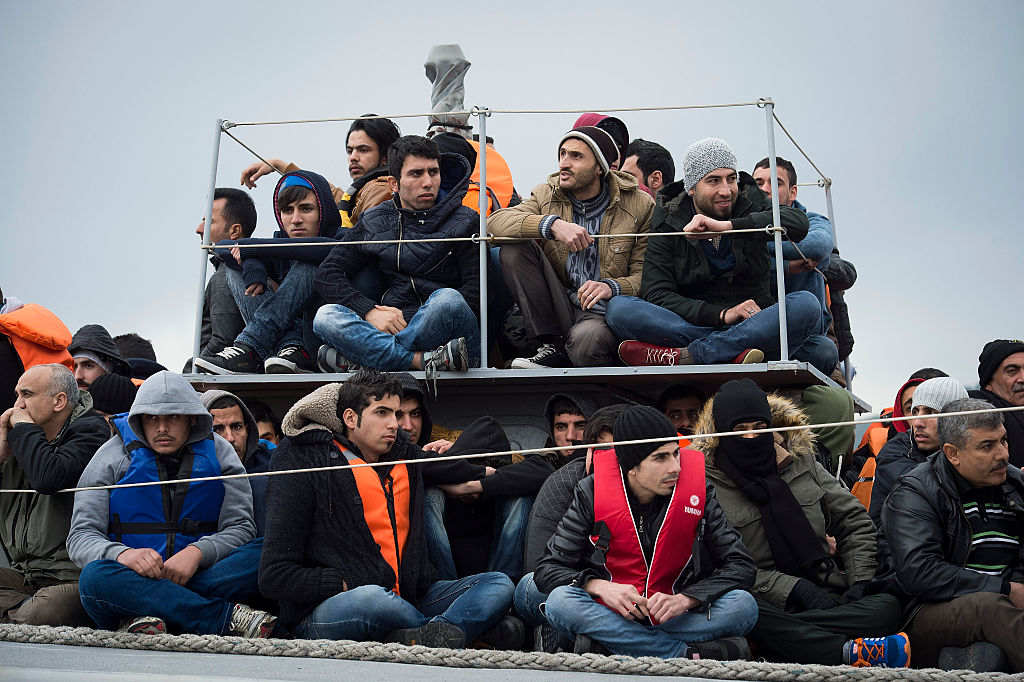As President Donald Trump prepares to introduce another set of limitations on refugees and immigrants entering the United States, the debate continues to heat up. The distinct differences between immigrant, undocumented immigrant, refugee andforcibly displaced person are worth reviewing again. Metro explains the definition of each one, and the legal and political implications associated with them.
What’s an immigrant?
An immigrant is someone leaving his or her home country to resettle in another country by choice. Generally, an immigrant moves in hopes of a better life, which would include more job opportunity and a better education. RELATED: ICE agents, coming to a jail near you
Immigrants to the United Statescan follow a legal process to seek residency and eventually citizenship, and provided they receive the right approvals, can work legally in the country.
What’s an undocumented immigrant?
It is the same as an illegal alien and that person is subject to deportation. In the U.S., that classification can include someone who has arrived without an entry or immigrant visa, has avoided inspections, andwho doesn’t seek legal status for residency or citizenship. A person can also fall under the classification as an undocumented immigrant by overstaying the period of time permitted as a tourist or as specified on a visa.
What’s a refugee?
A refugee is someone who has fled his or her home country because of armed conflict, or religious-, race-, or political-based persecution.
RELATED: Former Miss USA contestant opens law practice to help immigrants Trump policies target To gain asylum, or sanctuary in the U.S. and other countries, refugees must apply to receive legal protection and assistance, and demonstrate that a fear of persecution in the home country is legitimate. The 1951 Refugee Convention defines a refugee as a person who, “owing to a well-founded fear of being persecuted for reasons of race, religion, nationality, membership of a particular social group or political opinion, is outside the country of his nationality, and is unable to, or owing to such fear, is unwilling to avail himself of the protection of that country.” By 2016, there were more than 21 million refugees worldwide who were escaping political or religious persecution in Somalia, Afghanistan, Syria, Myanmar, Colombia, and elsewhere. Millions of people are still trying to escape their home countries and find asylum elsewhere, according to the United Nations. Refugees in the U.S. are required to apply for green card status, or permanent residency, after one year.
What is a forcibly displaced person?
Though a less common term, is applies to more than 65 million people in, the United Nations reported. Only about one-third of those forcibly displaced areclassified as refugees; the remainder are trying to flee their homes but have not yet crossed an international border. Those people are classified as being “internally displaced.” RELATED: Which states see the biggest economic boost from immigration? They are people who, like refugees, are fleeing their homes but have not yet crossed an international border. Unlike refugees, they are not protected by international law, and don’t receive various types of aid that refugees do. What’s the legal difference between an immigrant and a refugee?
Without proper documentation, an immigrant can be deported, whether that person entered the U.S. legally or not. People classified as refugees cannot be returned to their country, and fall under protections from the 1951 convention.Refugees are only those who have been targeted by violence or persecution. In the United States, “anyone whoordered, incited, assisted, or otherwise participated in the persecution of any person on account of race, religion, nationality, membership in a particular social group, or political opinion” cannot beconsidered a refugee, according to Citizenship and Immigration Services.
What’s the difference between an immigrant and a refugee?

Getty Images


















